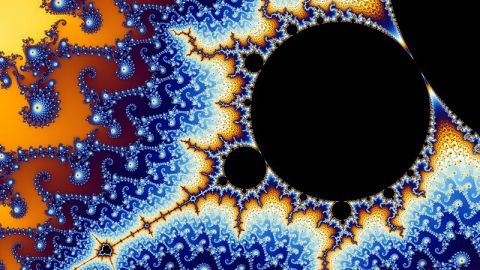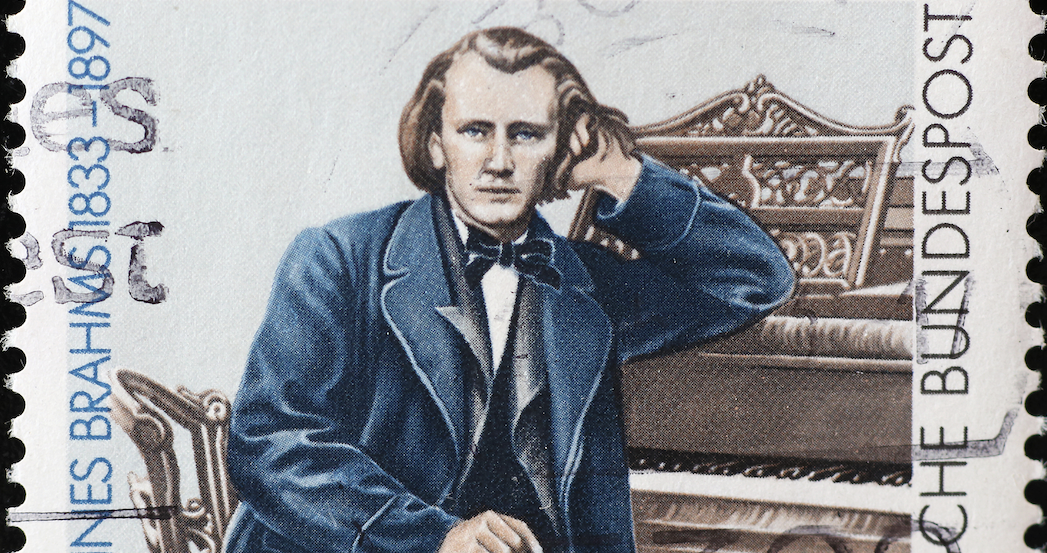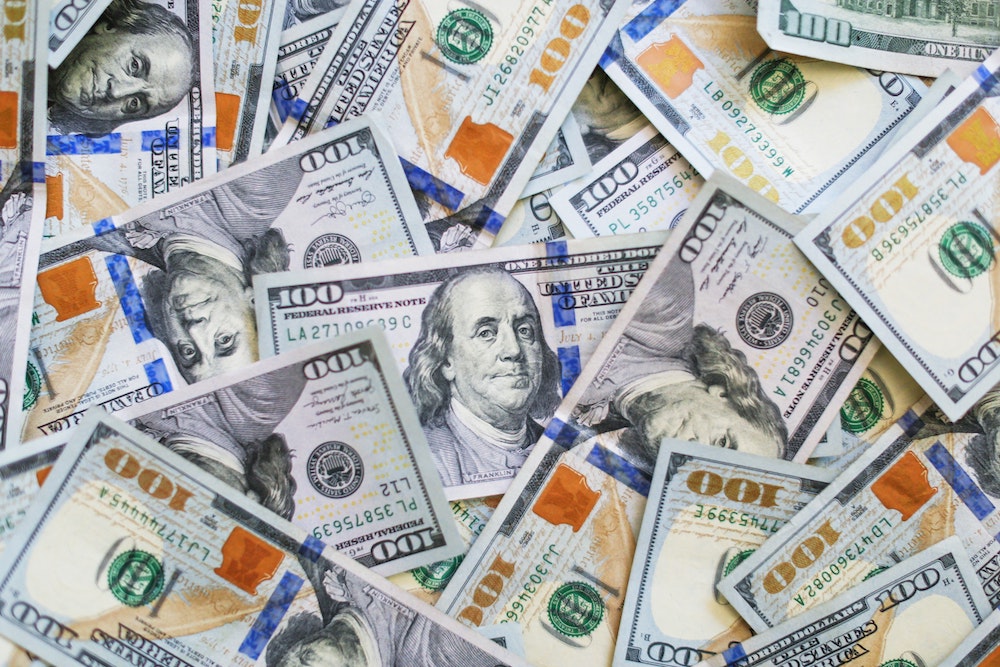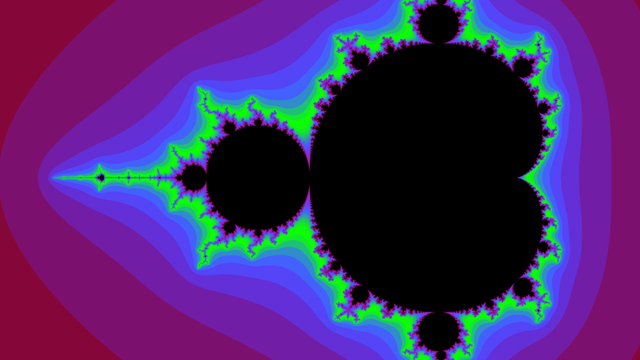Math That Makes You Stop and Stare

When Benoit Mandelbrot first began the work that led to the birth of fractal geometry, there was “an explosion of interest” from his colleagues. “Everybody in mathematics had given up for 100 years or 200 years the idea that you could…from looking at pictures, find new ideas. That was the case long ago in the Middle Ages, in the Renaissance, in later periods, but by then mathematicians had become very abstract.” By contrast, the complex mathematical shapes called fractals were not only available to the senses, they were downright beautiful.
They didn’t just turn mathematicians’ heads, either, as Mandelbrot recounts in his Big Think interview. Fractals have become beloved by non-mathematicians around the world, to the point of entering the popular culture. There is now not just one but a whole genre of “fractal nightclubs” (he doesn’t know what kind of clubs they are, but says he has a guess), as well as a popular rock song named after the most famous fractal of all, the Mandelbrot set.





